15 Strategies For Generating Content Ideas
One of the reasons many bloggers struggle to rack up the numbers is that their content is tailored towards their goals. Sometimes, the content is great, but isn’t what their audience needs. At other times, they aren’t using the right strategies to generate their topic ideas. In this post, we are going to highlight 15 ways to find ideas for great content.
So if you want to come up with great content topic ideas for your blog posts, this listicle is for you. Let’s get right into it.
1. Leverage ‘Best By’ Links
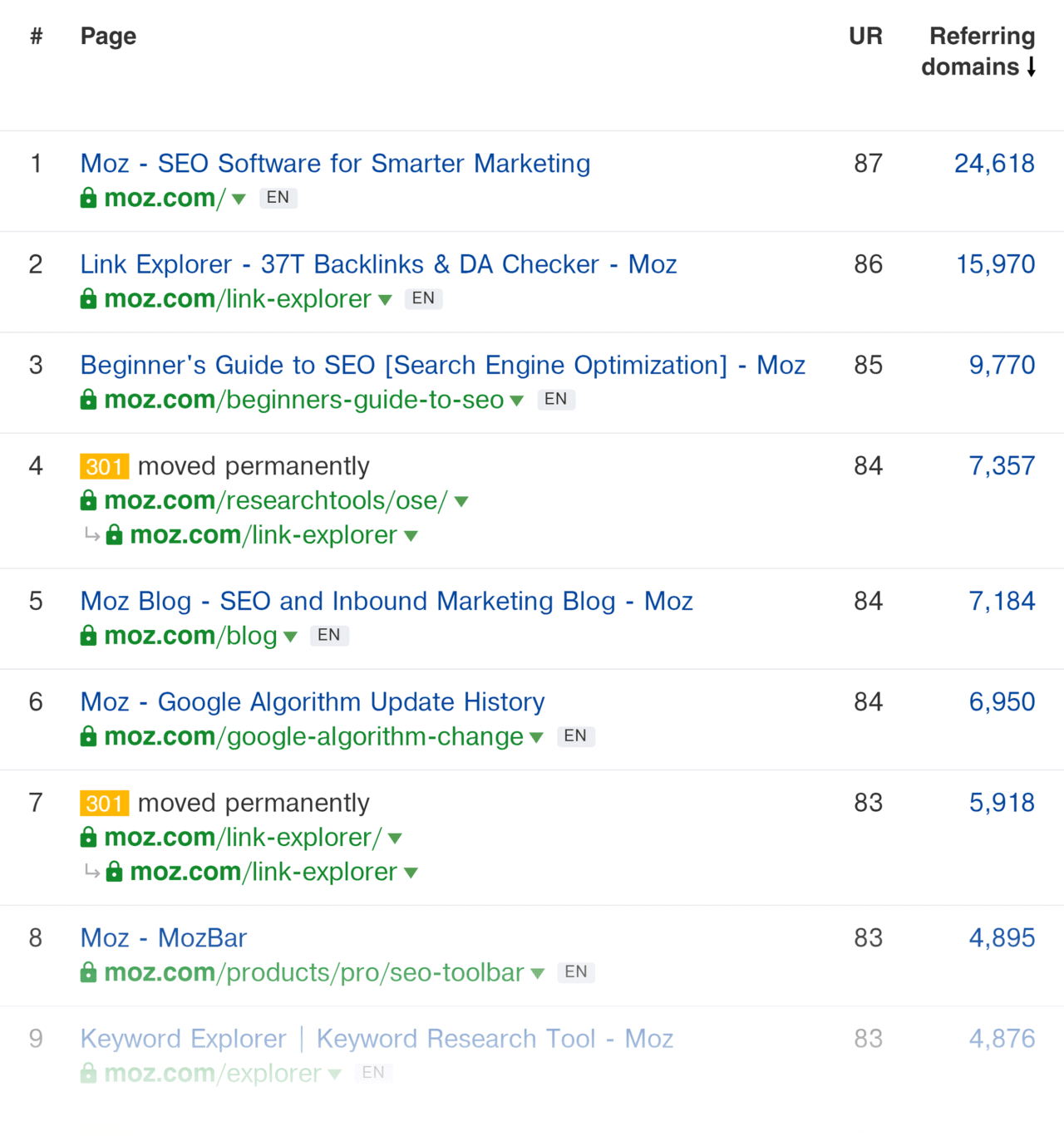
This is one of the most effective strategies for generating great ideas, especially if your content is tailored to generate backlinks. The ‘Best By’ Links Report offered by some SEO tools helps you know if your content will be something that others want to link to.
Among SEO tools that help you do this, Ahrefs and Moz Pro offer the best services. They work in a simple way: they show you the pages on a website that people have linked to the most. Basically, those pages contain content that has proven to be valuable. To get the best out of these pages, you can apply the Skyscraper Technique and make a similarly valuable page.
2. Focus on NEW Topics
Many bloggers underestimate how instrumental new topics can be to finding content topic ideas. New topics aren’t quite competitive (yet), so the early birds get a HUGE first-mover advantage.
For you to effectively utilize this strategy, you need to stop on top of happenings and changes that are taking place within your niche. Getting in early can get your post shared like crazy, get you lots of backlinks and mentions.

But the Golden question is: how do you find new topics on a consistent basis? The answer lies in the Exploding Topics Tool. The Exploding Topics Tool is a free tool that combs the web for topics that are getting popular. You can navigate the list of topics to find your category. Once you get topics, check out what your competitors have put up about it, and make yours even better. Since the topics and/or keywords are new, you may hit first page in no distant time.
3. The Google Analytics Landing Page Report
This strategy works perfect for sites that have some traffic coming in. It’s a great way of scaling up what already works for your blog. If your blog does not generate as much traffic, you can als use Google Analytics to come up with topic ideas.
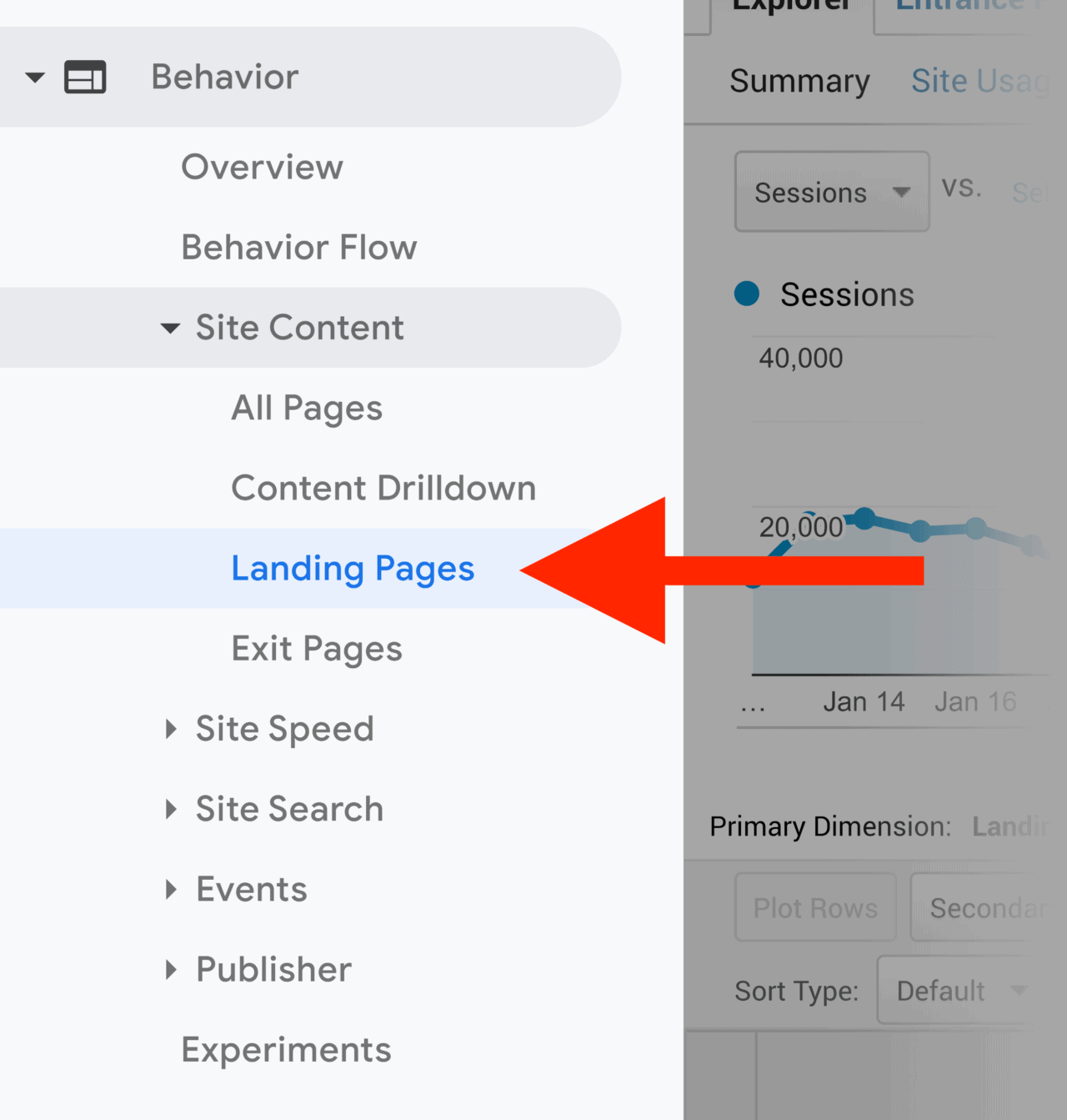
To get the best out of this strategy, head on to your Google Analytics Landing Pages menu. The ‘report’ section shows you pages that currently drive traffic to your blog. You can use the data from this report to determine what works with respect to:
- Content topics
- Content formats (list posts? case studies? )
- Most-read authors (for multi-author blogs)
- Promotional strategies
- SEO
- style
- Visuals, embedded videos, and charts
From there, you can double down on what works.
4. Look Through Your Blog Comments
It goes without saying that blog comments are goldmines for content ideas. The reason is simple: before even putting the content up, you already know that your audience will love it. They’re asking for the topics, so it is certain that those topics will do great when they’re up, provided you do a quality job.
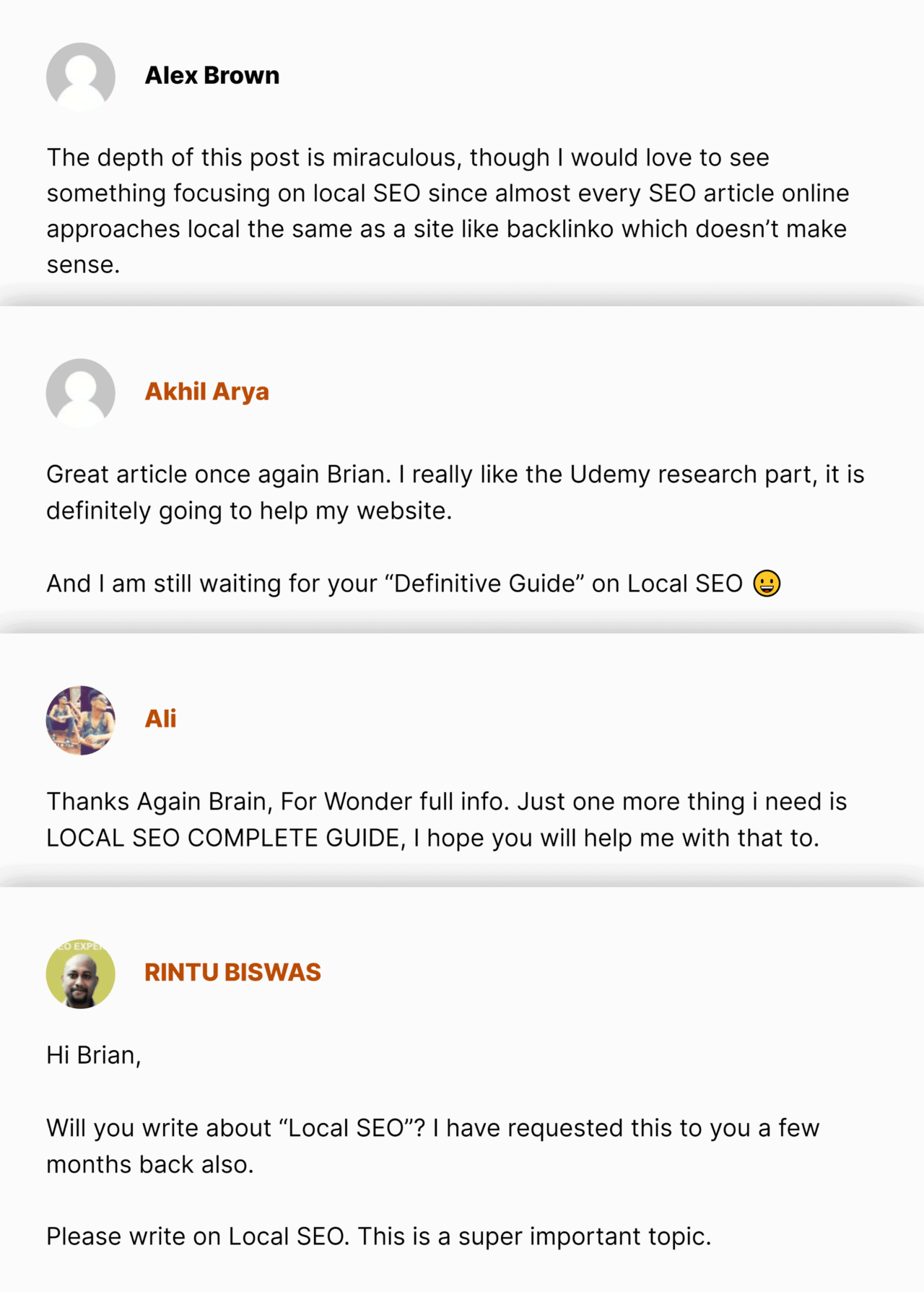
Although this strategy is best deployed using comments from your own blog, it can also be used on a competitor’s blog. Same method: scan through the comments, look for which content readers YEARN for, and do something about it. Every now and again, your competitors’ comment section will give you a really good topic idea.
5. Write Yearly Guides
If your niche is a competitive one, most of the keywords you will come across are going to be SUPER competitive. But the good part is: there’s a sneaky way around this issue. There are “Keyword + year” versions of certain keywords which you can rank for if you create an annual guide for a super competitive topic.
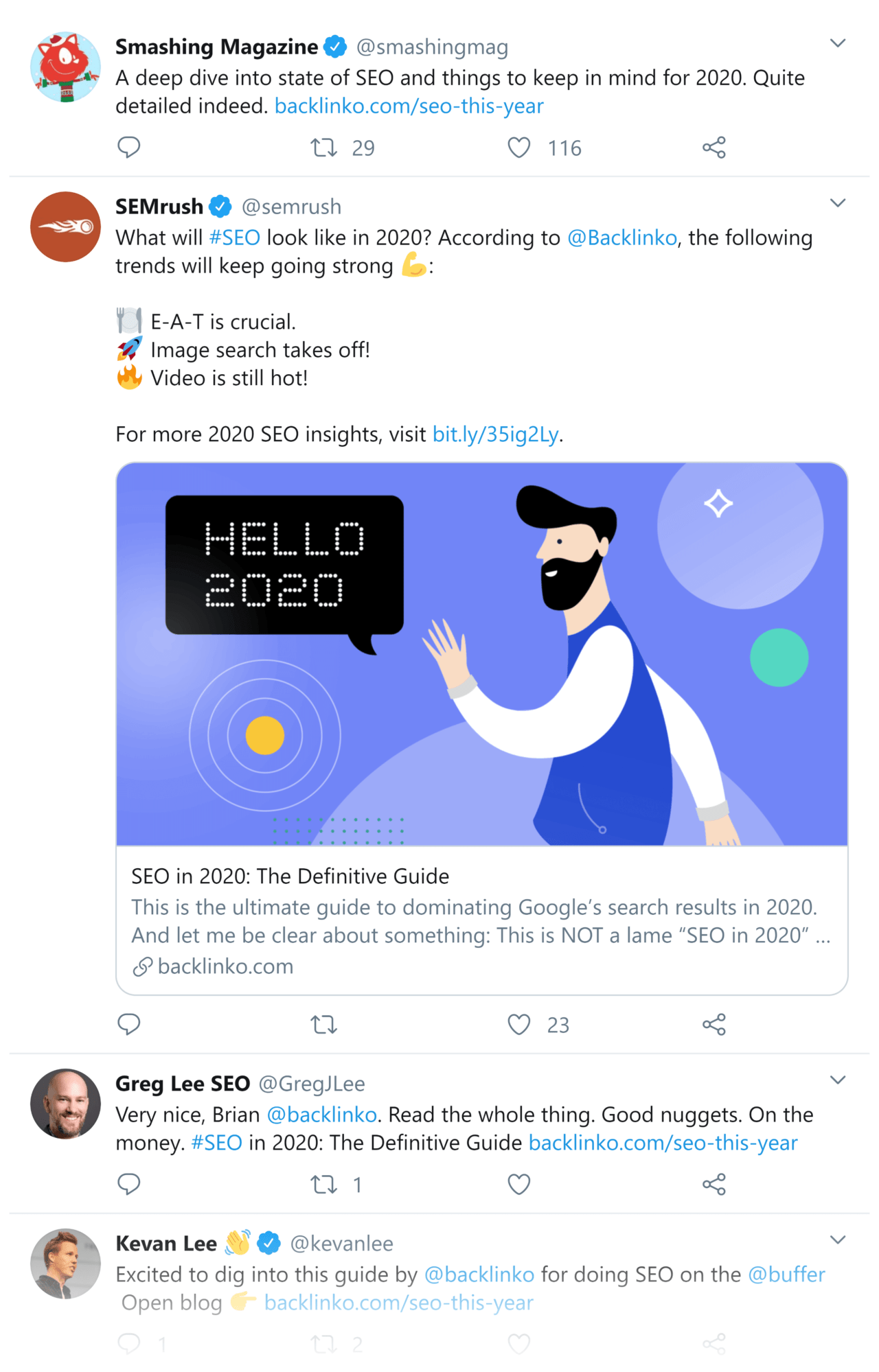
For instance, the keyword “SEO” has an insane Keyword Difficulty of 73%. Instead of putting up another blog post around it (which is almost certain to be buried anyway), an annual guide can come in handy. So in this case, instead of writing a regular blog about SEO, you can publish a yearly guide to SEO.
Not only do readers love these guides, they can bring in lots of traffic to your site.
6. Use Google’s ‘Searches Related To’ Data
This strategy is great for finding long tail keywords with low competition. It’s really simple: search for a topic you want to write about on Google. Google gives you a “Searches related to” area at the bottom of the results page which contains a list of related searches.
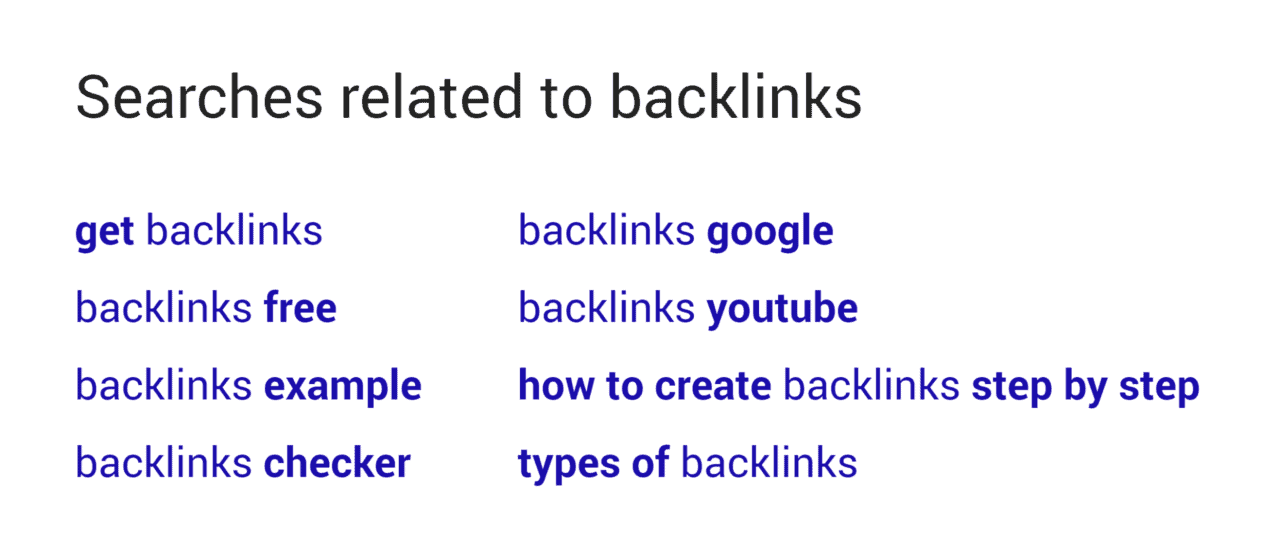
The ‘Related to’ pane contains suggestions that can give you a number of topic ideas.
Bonus Tip: When you click on any of the suggested searches, a new set of ‘related to’ results will pop up. Click on one of those results and a new set comes up. Rinse and repeat.
7. Use Google Image Tags
This is the go-to strategy for using tags to generate topic ideas. Here’s how it works:
First, enter a broad topic idea into Google Images search bar. Then go through the tags that Images suggests. These tags are words or phrases that Google considers closely related to what you have searched.
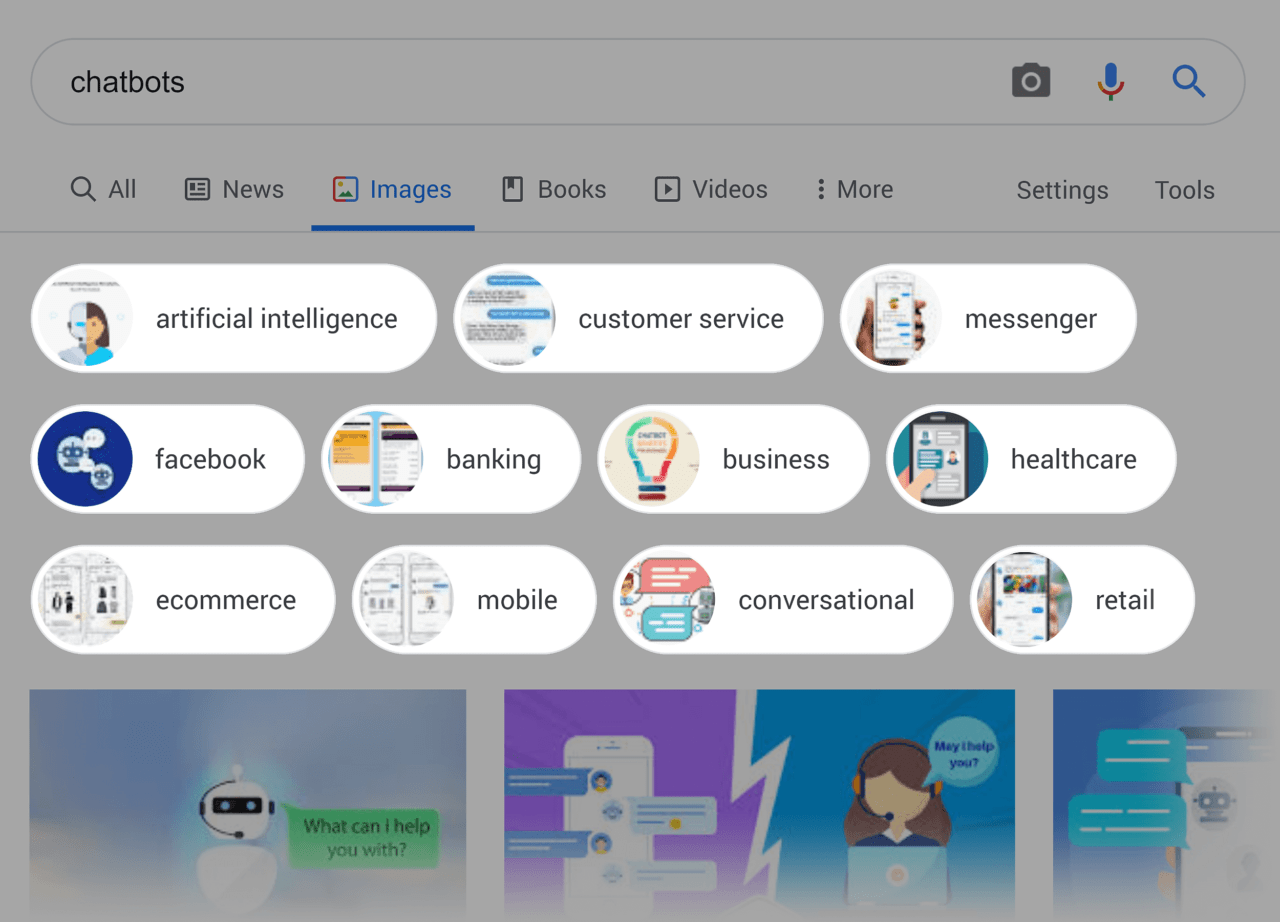
For best results, combine the tag with the keywords that you just typed in. For instance, if you type the term “Caveman Diet” into Google Images search bar, you can use the tags generated to come up with topics like “Caveman Diet breakfast” or “Caveman diet meal plan”, etc.
8. Generate Ideas from Ahrefs’ Content Explorer
Similar to BuzzSumo, Ahrefs Content Explorer is a tool that works great for generating content ideas based on traffic data. Ahrefs Content Explorer has an advantage of BuzzSumo, in that it lets you filter keywords on a page. This lets you know the keywords that are attracting traffic, as well as secondary keywords that can help you generate great topic ideas.

You can also see content that brings in valuable traffic (I.e. they rank for high Cost per Click keywords in the Google algorithm). You can pick out the sites that publish content in the same niche as your blog but are yet to link to you. These are under the Unlinked Domains section.
9. Look Out For Low-Competition Keywords
This is another underestimated strategy for generating content ideas. To get the best out of it, highlight a competitor’s top keywords and reverse engineer it using a keyword research tool. Then filter the results to show you ONLY the terms with low competition (usually terms with Keyword Difficulty of less than 25).
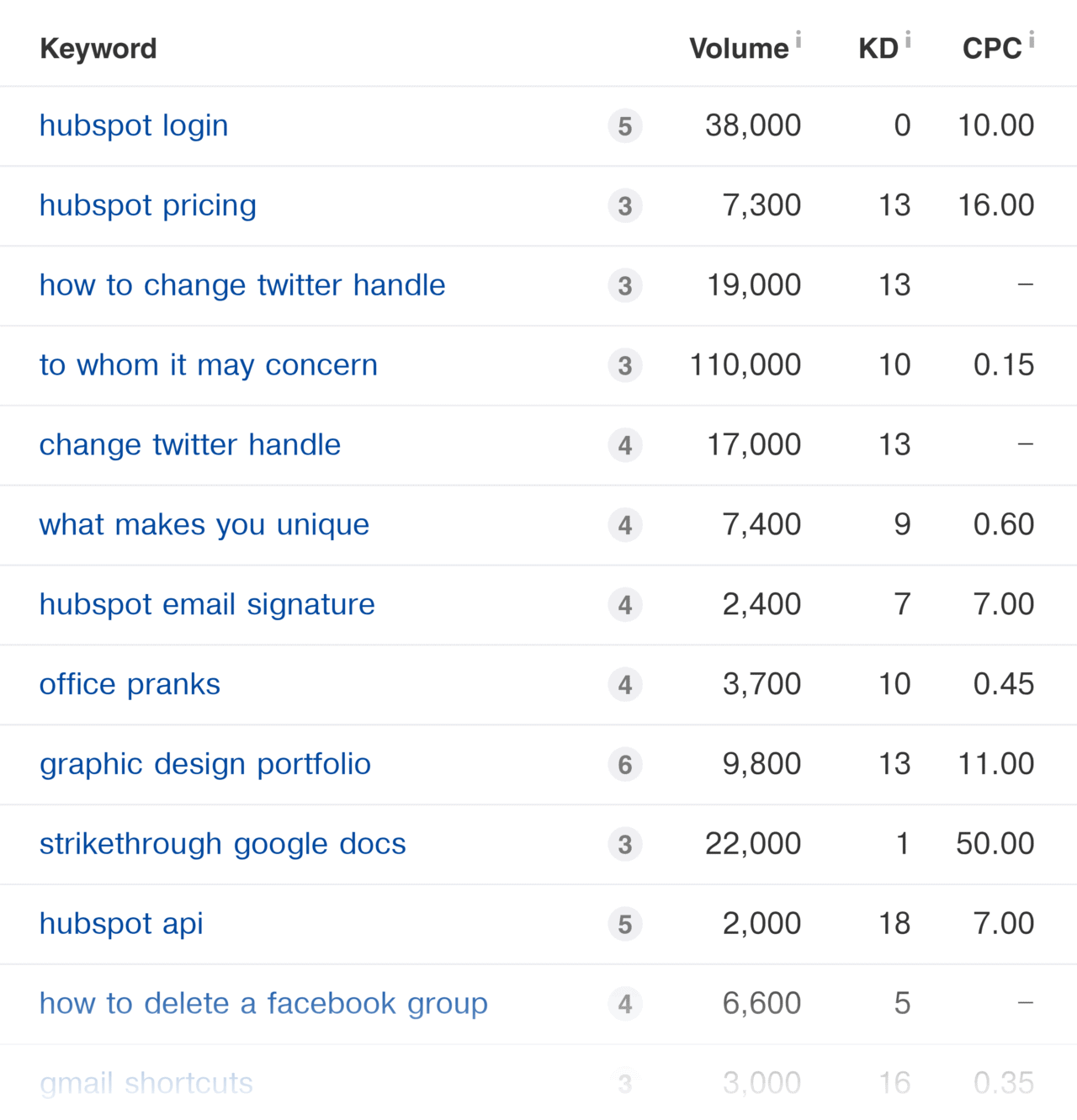
Although low-competition keywords are great, the goal is still to seek keywords with commercial usefulness. Before picking out a keyword, look at its Cost per Click estimates. If you’ve got a lot of keywords with almost zero Cost per Click estimates, add another filter that shows keywords that cross a certain threshold (say $1, $2). That way, you get low competition and higher CPC.
10. Check Out the Facebook Ad Library
This is another untapped source of PROVEN content ideas. For best results, search for a Facebook page in your niche, and you’ll see all of the ads that they’re running.
A large number of these ads are traditional ads that direct people to squeeze pages, but that’s not what we are looking for. Instead, look out for Facebook-boosted posts that promote specific published content.

Why is this important?
Well, if someone’s paying to promote a piece of content, it’s probably performing well for them. Plus, you get to see the exact keywords and phrases that they use to promote their post. This information will come in handy when you want to promote yours.
11. Reddit Keyword Research Tool

This is another little-known tool that can work wonders for finding new content ideas. The Reddit Keyword Research Tool doesn’t use seed keywords to produce a bunch of suggestions. Rather, it lets you know which hot topics people are talking about on Reddit.
To use it, all you need to do is to input a subreddit into the tool and you’ll get a number of keywords that people are talking about on that same subreddit.
The best part of this tool is that the tool even pulls monthly search volume data from the Google Keyword Planner to help you with your decision-making.
12. Podcast Titles and Descriptions
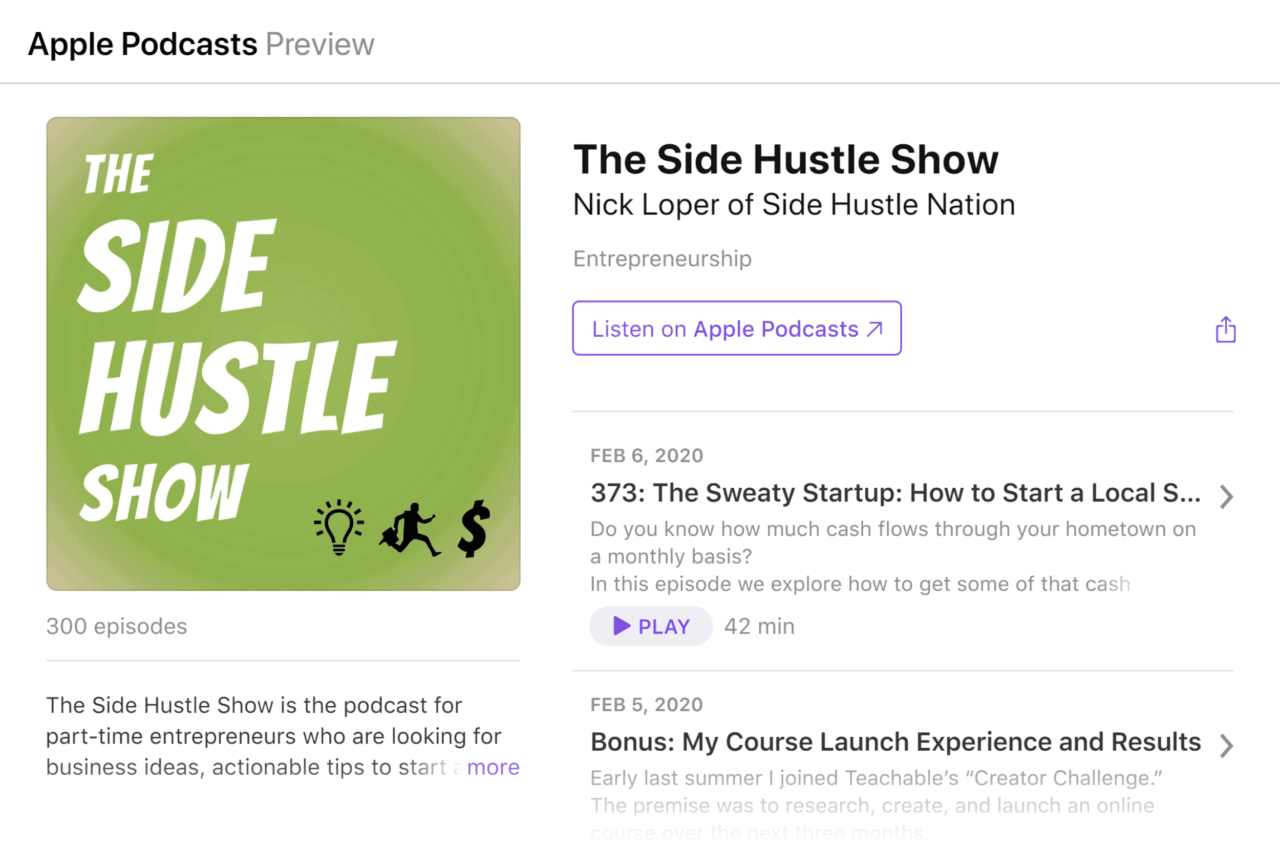
It’s unfortunate, but the reality is that podcasts are grossly overlooked as instruments of content generation. To use this strategy, pick out one or two top podcasts within your niche. You may visit the Apple podcasts page on podcasts.Apple.com, or check out Spotify for theirs. Next, scan over the episodes list. The episodes list contains the topics discussed and from these topics, you can generate ideas for your blog.
13. Make a Content Swipe File
A “swipe file” is a collection of content that you find interesting and inspiring. It does not even have to be related to what your blog is all about. Sometimes the best inspiration comes from outside of your niche. And it also does not have to be the entire topic idea. It could be an infographic, a video, a report online, a survey, pictures. Anything.
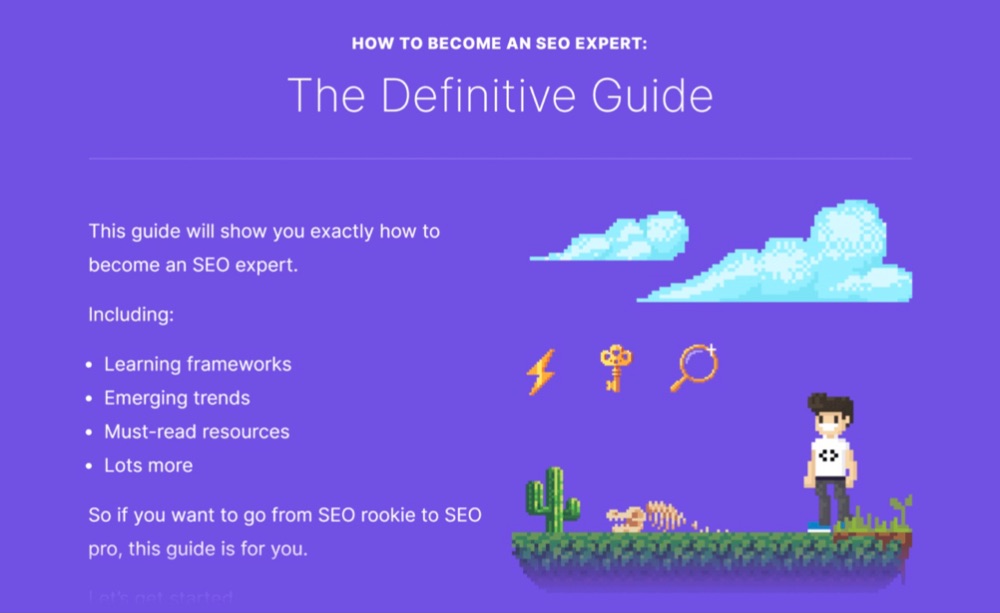
So keep your eyes out for interesting content to add to your swipe file. It will become one of your content team’s most valuable assets.
14. Look Out for “People Also Ask” Suggestions

When you type in a phrase on the Google search bar, there is a “People Also Ask” section of the search results. There is a tool known as the A/B rankings Keywords Questions Tool that scrapes this section for key information. That way, you get access to a list of hot questions that people really want to know. You may then create content that answers these questions and promote it.
15. Glean From Your Competitor’s YouTube Channels
This technique is one of the easiest on this list. To use this strategy, head on to a competitor’s channel and sort their videos by “Most Popular” and you’ll see their all-time best performing videos in terms of views. The more competitors’ channels you view, the more ideas you are likely to generate.
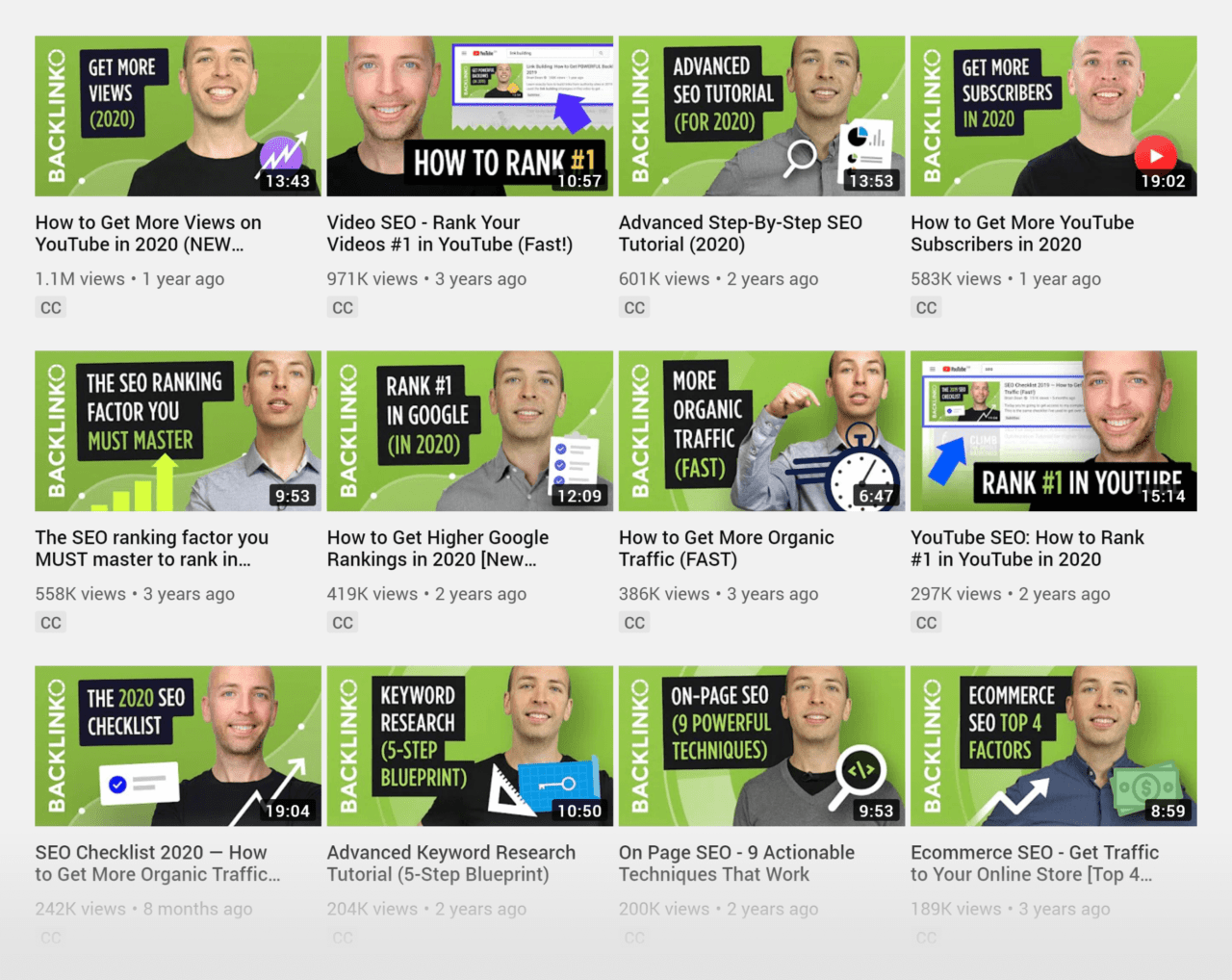
For example, if you’re in the fitness niche, the Steve Kamb or Fitness Blender channel would be great channels to look out for.
Obviously, this strategy works best for finding topics for YouTube videos. But you can also use it to come up with topic ideas for blog posts, infographics, or any other type of content that you create.
Subscribe to our newsletter here.
Other Posts

